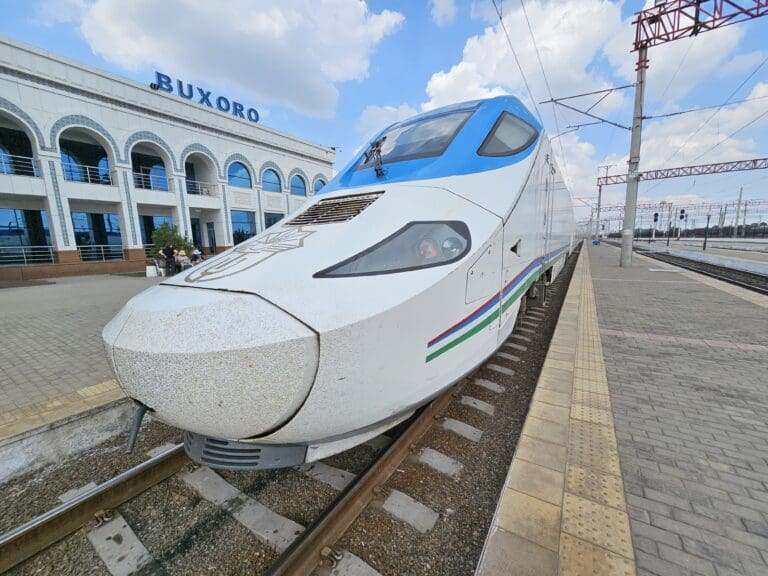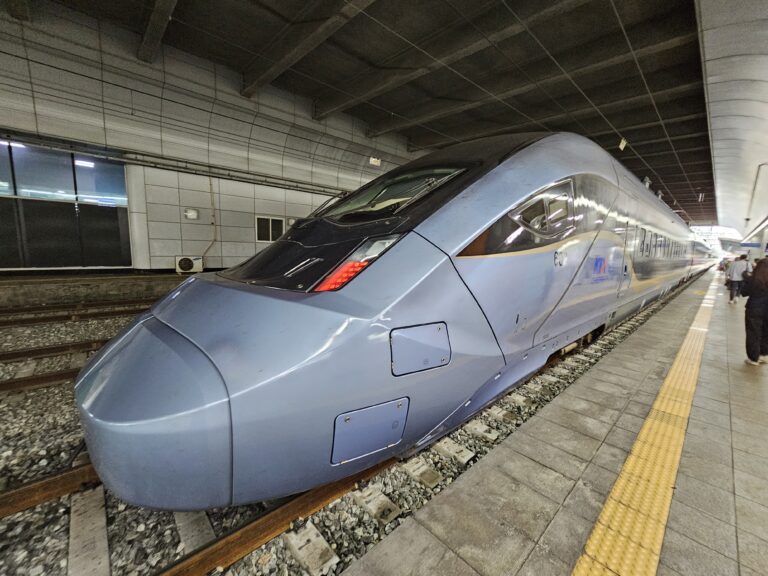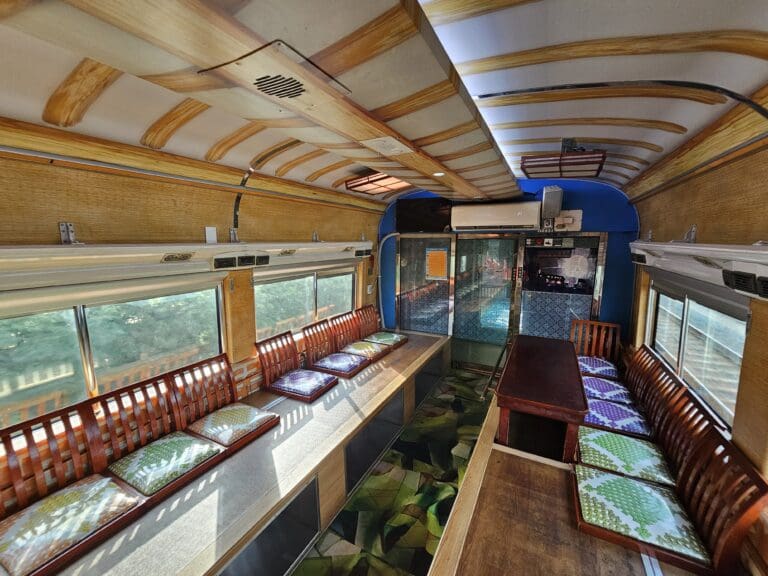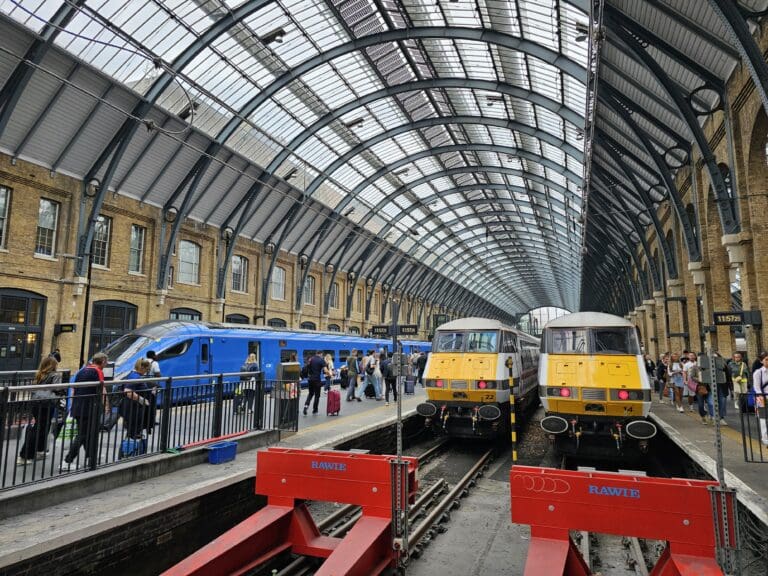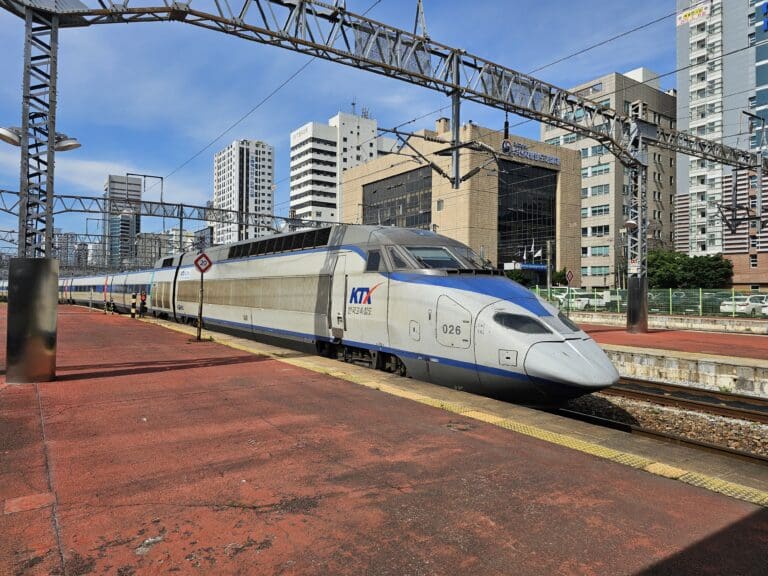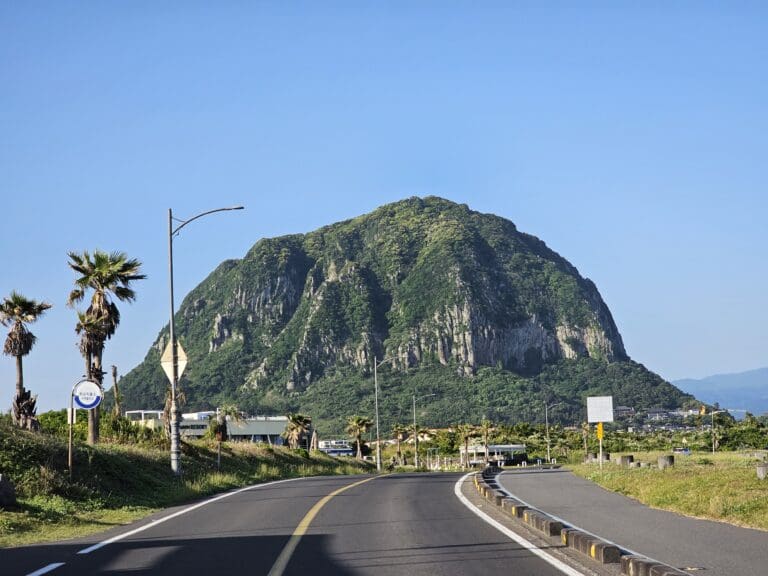How to Get to Seoul from Incheon Airport: The Ultimate Traveller’s Guide
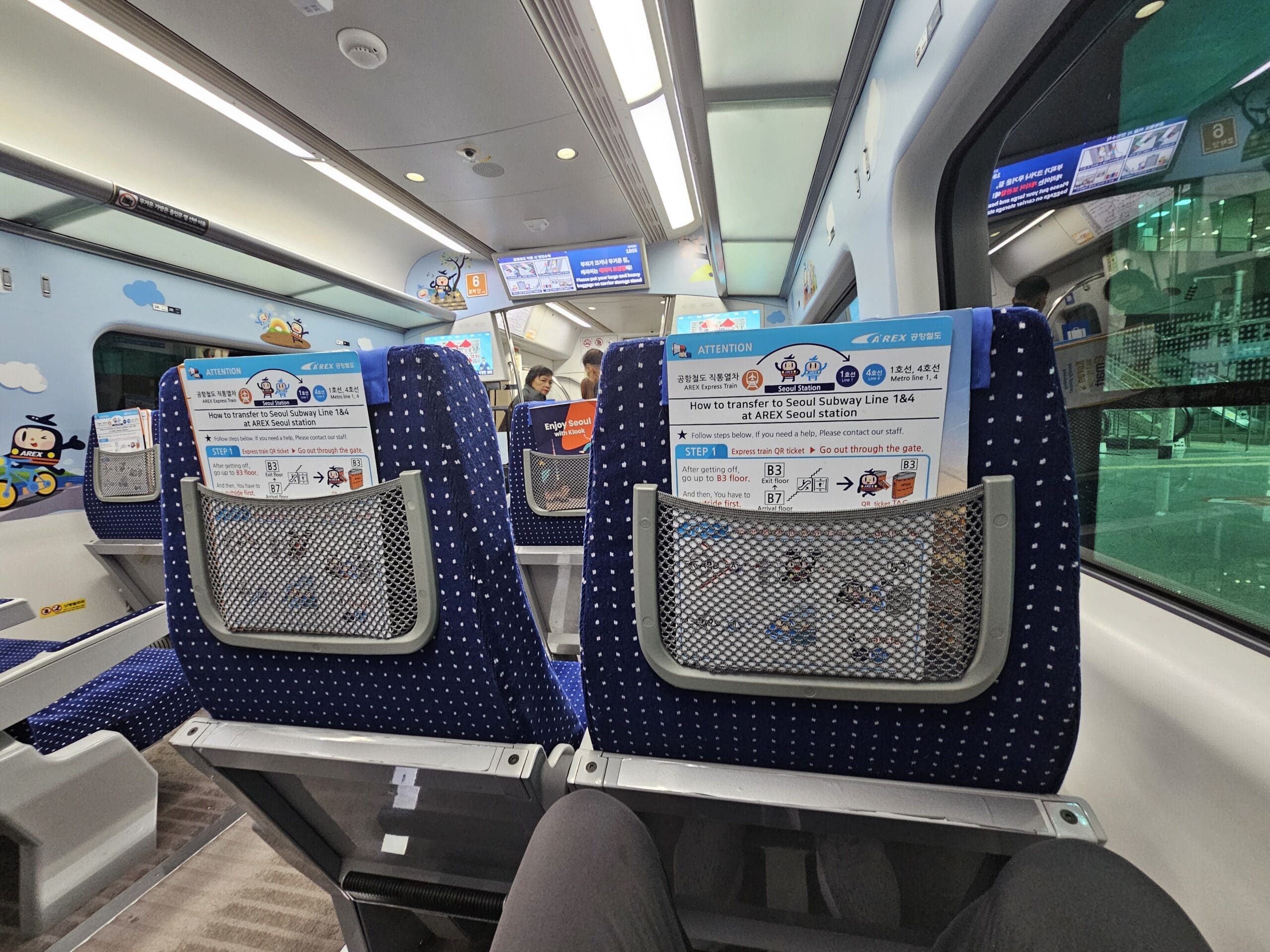
If you’re travelling to Korea, there’s a good chance that you’ll touch down at Seoul Incheon Airport. Whilst it may not be the only international airport in Korea, it is the only airport in the country that enjoys long-haul service and is by far Korea’s busiest airport. Yet, despite its high importance in connecting Korea with the world, as major international airports go, Seoul Incheon Airport is located a fair distance away from the capital. Specifically, as the crow flies Seoul Incheon Airport sits around 50 kilometres to the west of Gwanghwamun Square in Central Seoul. For comparison that is approximately the same as the distance that separates Stansted Airport from Central London.
As the airport’s name would suggest, Seoul Incheon Airport lies within the limits of Incheon, Korea’s third largest city. However, the airport is by no means located centrally within Incheon. Instead, the airport was constructed on reclaimed land between the islands of Yeongjong and Yongyu. Fortunately, as you would expect given Seoul Incheon Airport’s infrastructural importance, there are a good number of ways to get between the airport and the capital, regardless of whether you have the budget of a nobi or the king!
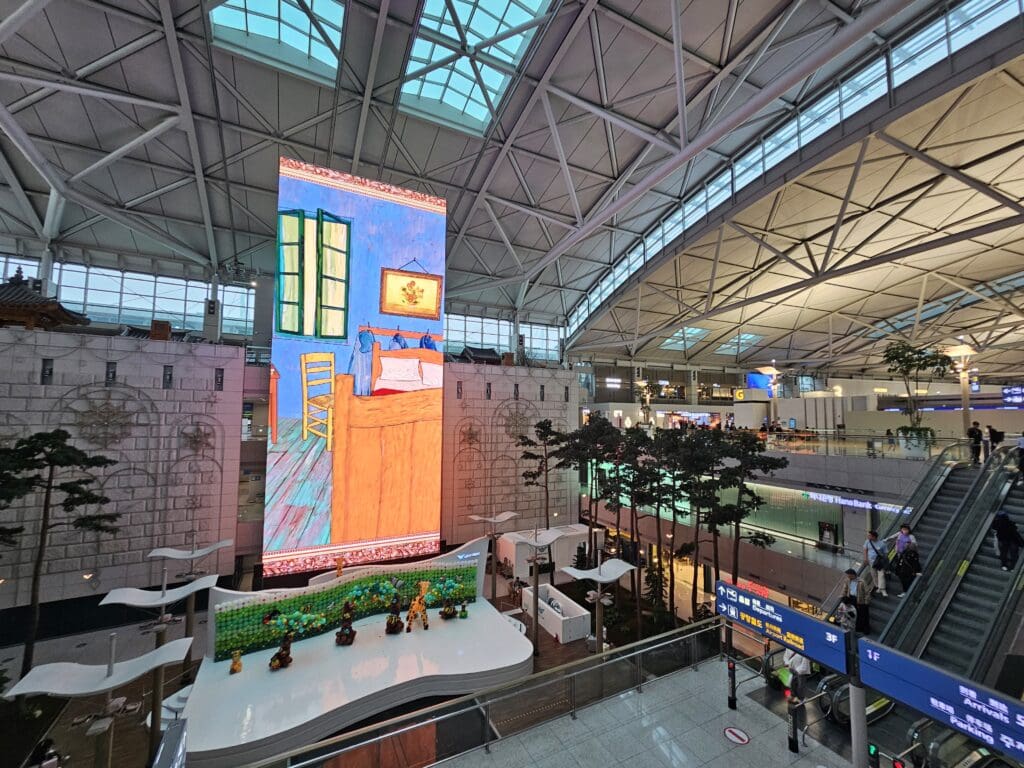
By Train
Since 2010, a 63.8-kilometre railway has connected the Seoul Incheon Airport with Seoul Station, located in the heart of the Korean capital. Today, Terminal 1 and Terminal 2 enjoy their own dedicated railway stations, both of which are conveniently located a short walk away from each terminal’s arrival and check-in areas. Throughout much of the day, modern Hyundai Rotem electrical multiple units hurtle along this route, with all trains operated by the Airport Railroad Company and marketed as the Airport Railroad Express, more commonly known as AREX. Two different types of train service are offered on this route – an Express and an All-Stop service, with these outlined below.
Express Train
Unless you get lucky with traffic and have access to Korea’s first Formula 1 driver, AREX’s express service offers the quickest way to travel between the airport and the heart of Seoul. This takes 51 minutes to make the entire journey between Terminal 2 and Seoul Station (or 44 minutes if you’re travelling to or from Terminal 1). Each day, the first train departs from Terminal 2 at 0515 and the last departs at 2240. Meanwhile, if travelling in the other direction, the first train departs Seoul Station at 0600 and the last train at 2250.
One-way adult tickets for this service cost 11,000 won, and can be purchased either online via AREX’s website or through the self-serve ticket machines or ticket counters at each station. Onboard, the trains are modern and clean, and each passenger has a dedicated pre-assigned seat. Each seat comes with a seatback pocket, a tray table and a plug socket, whilst complimentary bottles of water are also provided by the onboard host.
One key advantage of the Express rail service is that those departing from Seoul Incheon Airport and flying with Air Busan, Air Seoul, Asiana Airlines, Eastar Jet, Jeju Air, Jin Air, Korean Air, Lufthansa and T’way Air can utilise Seoul Station’s City Air Terminal. This enables passengers to check in, part with their bags and even pass through immigration at Seoul Station, thus saving them time once at Seoul Incheon Airport.

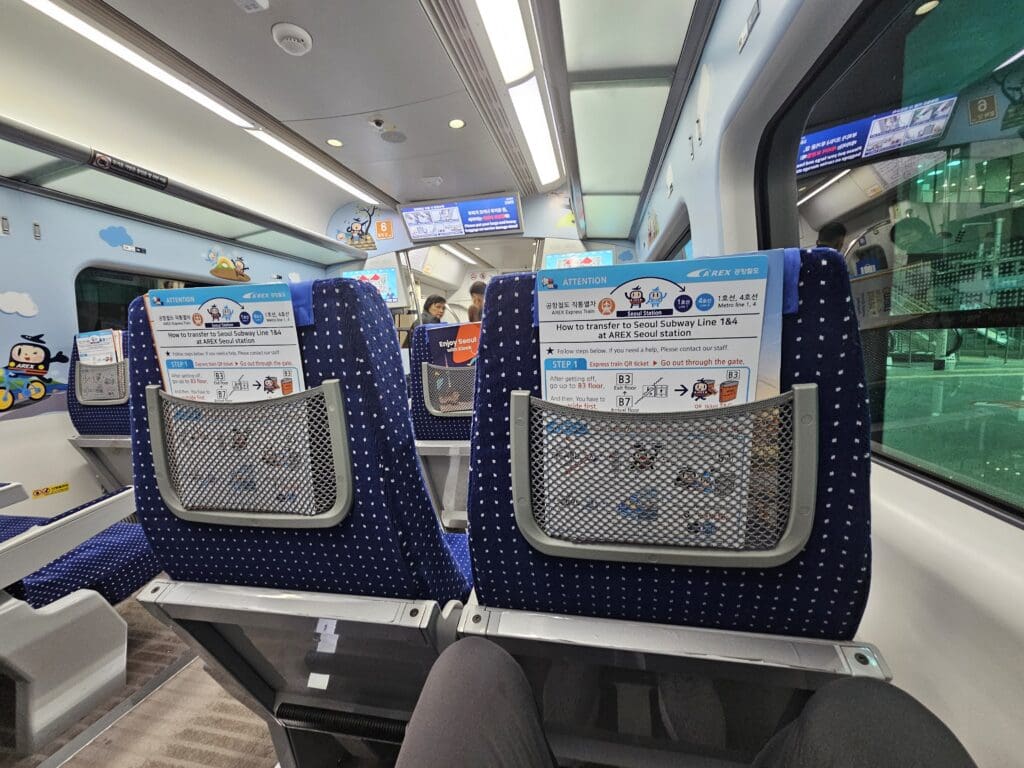
All-Stop Train
For those on a budget, the all-stop train provides the cheapest means of travelling between Seoul Incheon Airport and Seoul Station. However making a total of twelve stops between Terminal 2 and Seoul Station, this most certainly isn’t the fastest way to travel between the two. Nevertheless, with a travel time of 66 minutes (59 minutes to and from Terminal 1), this is only 15 minutes slower than the express service. A one-way ride on the all-stop train costs 5,050 won between Terminal 2 and Seoul Station and can be paid for by a Korean public transit ‘T-Money’ card or via a single-use ticket which can be purchased at the stations. T-Money cards can be purchased from the vending machines at each terminal’s station, or from one of the convenience stores in the two terminals.
Onboard, the interiors of these trains are far more spartan than their express counterparts. Whilst these trains are still clean, bright and modern, each carriage is configured in a subway-style layout, with uncomfortable inwards-facing subway seats. Furthermore, this train is more than simply a connection between Seoul Incheon Airport and Seoul, and is an important route that also connects several towns in Incheon and Gyeonggi, as well as Seoul Gimpo Airport, with the capital city. This means that these trains can often be busy, and it isn’t totally unusual to have to stand up for the entire journey, especially when travelling from Seoul to the airport. Furthermore, those travelling on this service cannot make use of the City Air Terminal at Seoul Station.
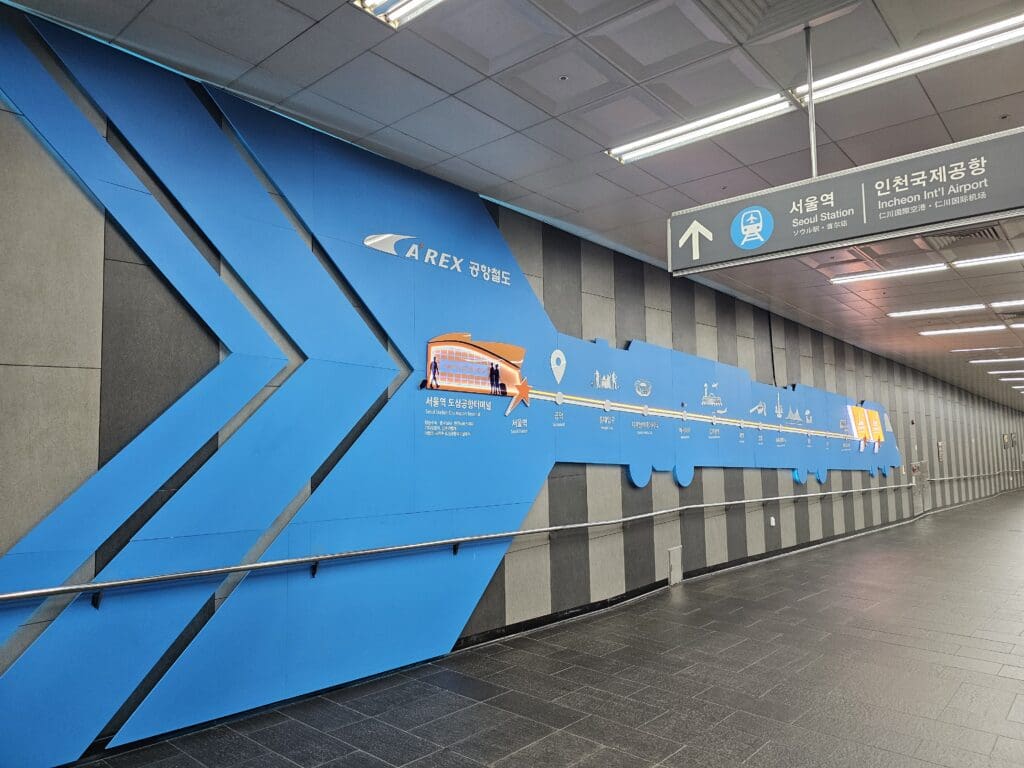
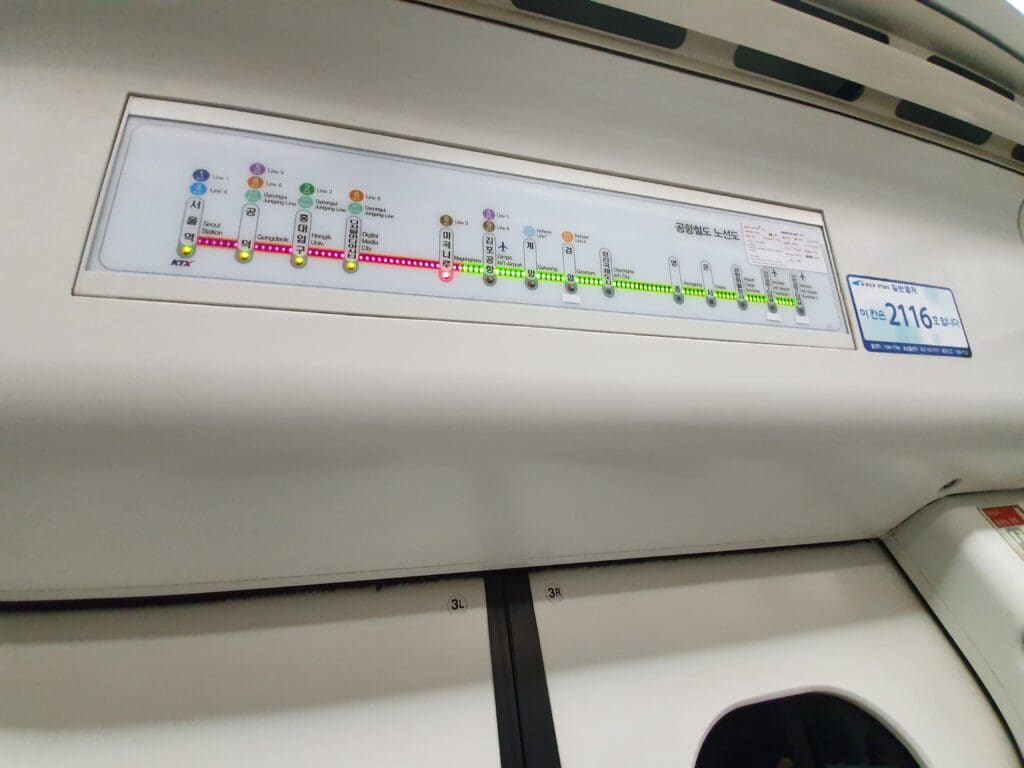
Despite making more stops than the express service, if staying the west side of Seoul, may well be the case that the all-stop train enables you to reach your destination quicker. In Seoul, this service stops at Digital Media City, Hongik University and Gongdeok Stations, all popular spots with plenty of hotels and guesthouses. Meanwhile, if travelling with a T-Money card, you can connect at the line’s stops onto subways lines and buses without completely paying for a new journey. Last but not least, these services depart every ten minutes or so throughout the day, and are thus more regular than the AREX express trains.
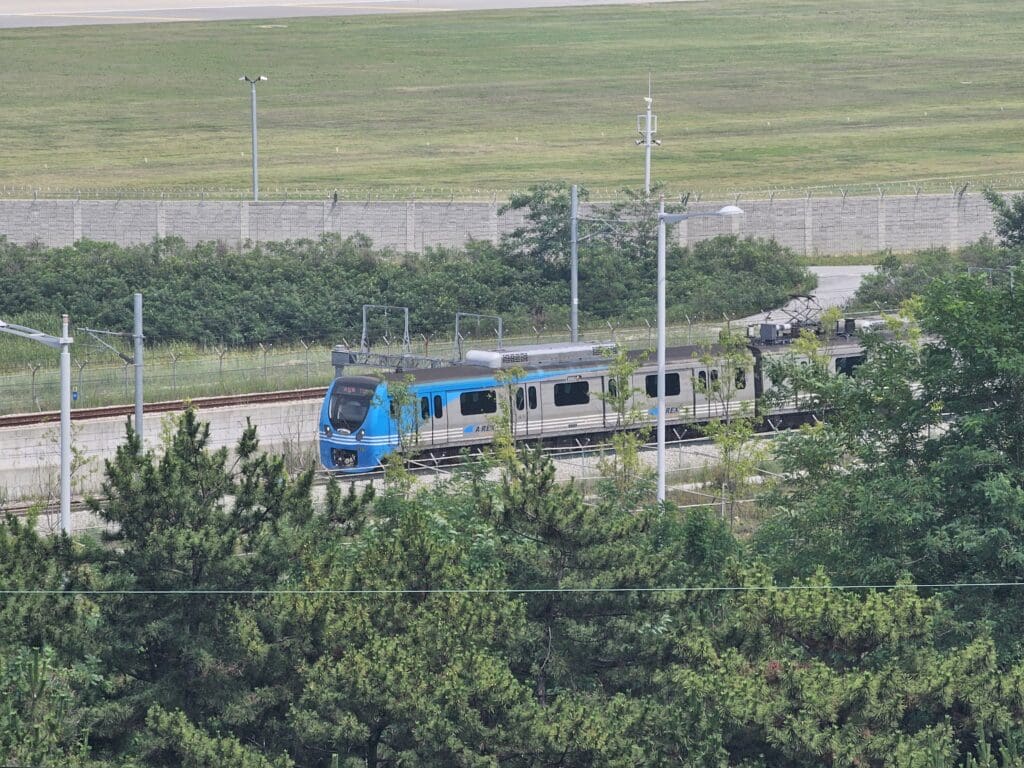
All-Stop vs Express
| Service | Express | All-Stop |
| First Train dep airport | 0515 | 0518 |
| Last Train dep airport | 2240 | 2332 |
| First train dep Seoul Station | 0600 | 0520 |
| Last train dep Seoul Station | 2250 | 2340 |
| Interval | Every 40 minutes (approx.) | Even 10 minutes (approx.) |
| Journey Time | 00:51 | 01:06 |
By Express Bus
Whilst trains may seem to be a good option to get between Seoul Incheon Airport and Seoul, a network of express buses ploughs between the two. These are comfortable intercity buses, complete with large and well padded reclining seats in a 2-1 configuration, with each featuring their own USB-A ports enabling passengers to charge their devices mid-journey. These can be particularly convenient if travelling to areas outside of Western Seoul, such as the popular spots of Gangnam or Dongdaemun, or, as may well be the case, your hotel is located on one of these bus routes.
In total, there are 37 express bus routes between Seoul Incheon Airport and Seoul, with these covering virtually the entirety of Seoul. Most of these operate between around 0500 and 2300, however, five routes are night buses and ideal for those with late arrivals or early departures. A comprehensive list of routes can be found on Seoul Incheon Airport’s website. These typically cost around 18,000 won and are thus more expensive than rail options, however, these may well save passengers a significant amount of time depending on their destination in Seoul.
These bus services are operated by the confusingly similarly named K Airport Limousine and Airport Limousine. Tickets for K Airport Limousine buses can be purchased online via their website, with a ticket allowing for a ride on a particular bus route over a certain time period, or from their ticket counter in the terminals, or from the driver themselves. Meanwhile tickets for the Airport Limousine operated services cannot be purchased online, instead, payment can be made in the form of T-Money card, bank card or cash, made to the driver upon boarding.
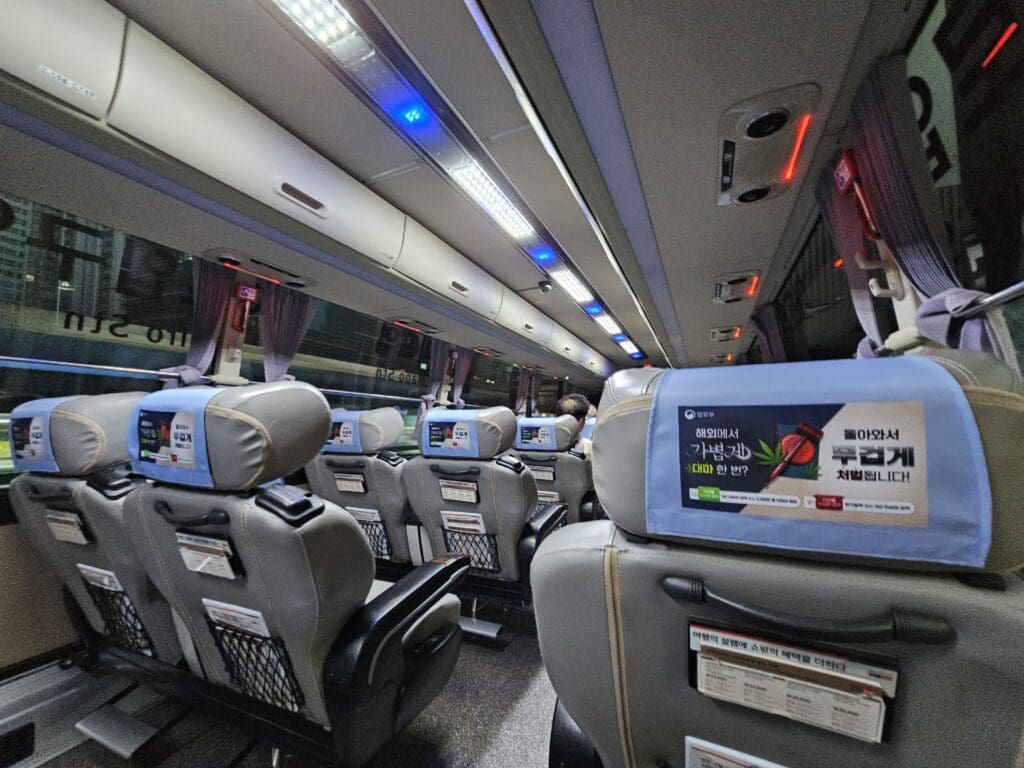
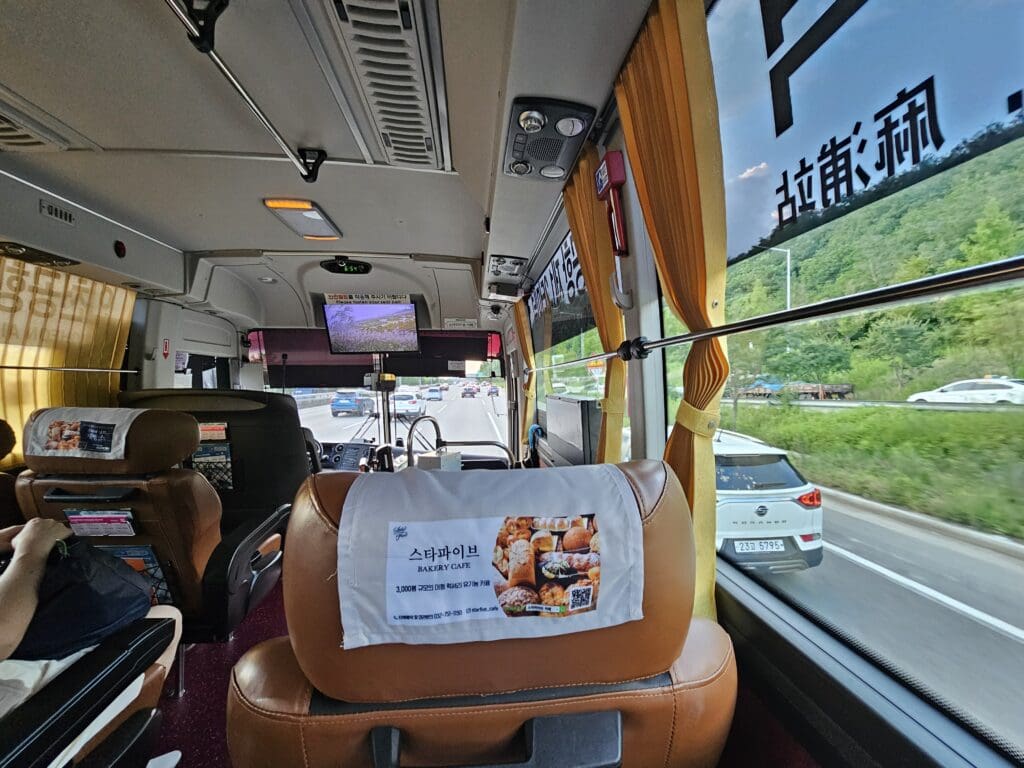
By Taxi
Last but not least, plenty of official taxis are available for passengers to take from the airport’s two terminals at all times of day. I can’t comment on this option as it is eye wateringly expensive and, even if travelling as a group, per person is still likely to be significantly more expensive than catching a bus or train. Nevertheless, this is probably a reasonable option for those travelling with heaps of luggage and with plenty of cash to splash. If travelling to or from the airport by taxi, payment can be made by bank card or cash, and may also be possible by T-Money card.

